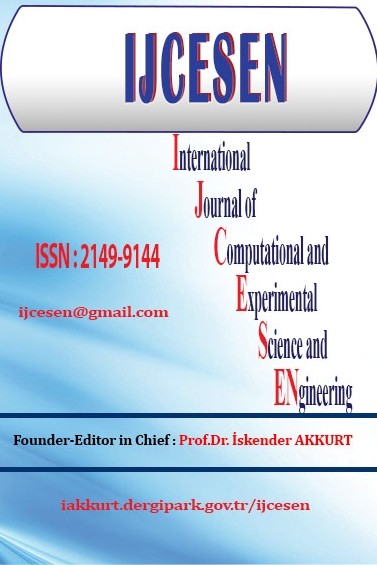A Computational Comparison of Flow and Pressure Fields in Axial and Reverse Flow Cyclone Separators
A Computational Comparison of Flow and Pressure Fields in Axial and Reverse Flow Cyclone Separators
Pressure drop CFD,
___
- [1] I. Karagoz, A.Avci “Modelling of the Pressure Drop in Tangential Inlet Cyclone Separators” Aerosol Science and Technology 39:9 (2005) 57-64. DOI:10.1016/j.jaerosci.2013.01.010
- [2] A. C. Stern, K. J. Caplan, P. D. Bush “Cyclone Dust Collectors” American Petroleum Institute, New York, 1955.
- [3] Y. Zhu, K. W. Lee “Experimental Study on Small Cyclones Operating at High Flowrates” Journal of Aerosol Science 30 (1999) 1303–1315. DOI:10.1016/S0021-8502(99)00024-5
- [4] I. Karagoz, A. Avci, A. Surmen, O. Sendogan “Design and Performance Evaluation of a New Cyclone Separator” Journal of Aerosol Science 59 (2013) 57–64. DOI:10.1016/j.jaerosci.2013.01.010
- [5] F. Tan, I. Karagoz, A. Avci “Effects of Geometrical Parameters on the Pressure Drop for a Modified Cyclone Separator” Chemical Engineering Communications 39:3 (2016) 576–581. DOI: 10.1002/ceat.201500182
- [6] J. Oh, S. Choi, J. Kim, S. Lee, G. Jin “Particle Separation with the Concept of Uniflow Cyclone” Powder Technology 254 (2014) 500-507. DOI:10.1016/j.powtec.2014.01.057
- [7] F. Kaya, I. Karagoz “Performance Analysis of Numerical Schemes in Swirling Turbulent Flows in Cyclones” Current Science 94 (2008) 1273–1278.
- [8] M.Sommerfeld “Theoretical and Experimental Modeling of Particulate Flow” Lecture Series 2000-6 (2000) von Karman Institute for Fluid Dynamics, Belgium.
- [9] A. C. Hoffmann, L. E. Stein ”Gas cyclones and swirl tubes: Principle, Design and Operation” Springer, 2nd edition, 2008. [10] ANSYS, ANSYS Fluent 15.0 Theory Guide, Canonsburg, 2015.
- Yayın Aralığı: 4
- Başlangıç: 2015
- Yayıncı: Prof.Dr. İskender Akkurt
Serpil ERYILMAZ, Nesuhi AKDEMİR, Ersin İNKAYA
Evaluation of Rock Fall Risk in Kilis (Turkey) City by Using GIS and Remote Sensing
Mehmet Ali ÇELİK, Ali Ekber GÜLERSOY
Wind Turbine Blade Design with Computational Fluid Dynamics Analysis
Continuous and Discontinuous Contact Problems of a Functionally Graded Layer
Generation of Pseudo Velocity Logs from Resistivity Logs and an Applied Example from Thrace
Parameters Optimization of the Multithreshold Decoders for Non binary Error Correcting Codes
